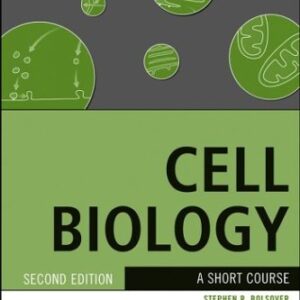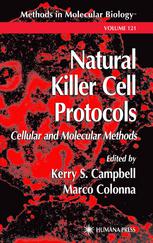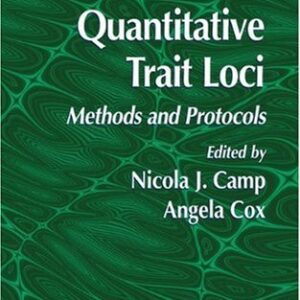Chromatin is of central importance to gene regulation in eukaryotes.? Reflecting this singular role for chromatin, numerous approaches have evolved in the laboratory over the past three decades to study chromatin structure and its alterations. Methods of investigating chromatin remodeling, whether in changes in nucleosome structure or position with respect to the incorporated DNA or in histone modifications, have progressed rapidly over the recent years.? In Chromatin Remodeling: Methods and Protocols, expert researchers contribute chapters which include methods for investigating chromatin remodeling in vitro and in vivo, in yeast, plants, and mammalian cells, and at local and global levels.? Both gene-specific and genome-wide approaches are covered, and in recognition of the increasing prevalence of the latter type of study, the final two chapters focus on bioinformatic/computational approaches to analyzing genome-wide data on chromatin structure. Written in the highly successful Methods in Molecular Biology? series format, the chapters include introductions to their respective topics, lists of the necessary materials and reagents, step-by-step, readily reproducible laboratory protocols, and tips on troubleshooting and avoiding known pitfalls. ? Comprehensive and essential, Chromatin Remodeling: Methods and Protocols serves as a key source of clear techniques as well as a collection of chapters that can inspire future techniques in this vital field of study.
Biology
[PDF] Chromatin Remodeling: Methods and Protocols (Methods in Molecular Biology Vol 833) Randall H. Morse
$19.99

![[PDF] Chromatin Remodeling: Methods and Protocols (Methods in Molecular Biology Vol 833) Randall H. Morse](https://pdfelite.com/wp-content/uploads/2024/04/34dd582b7ea6c9a3e4a945ff41fd000c-d.jpg)




Reviews
There are no reviews yet.